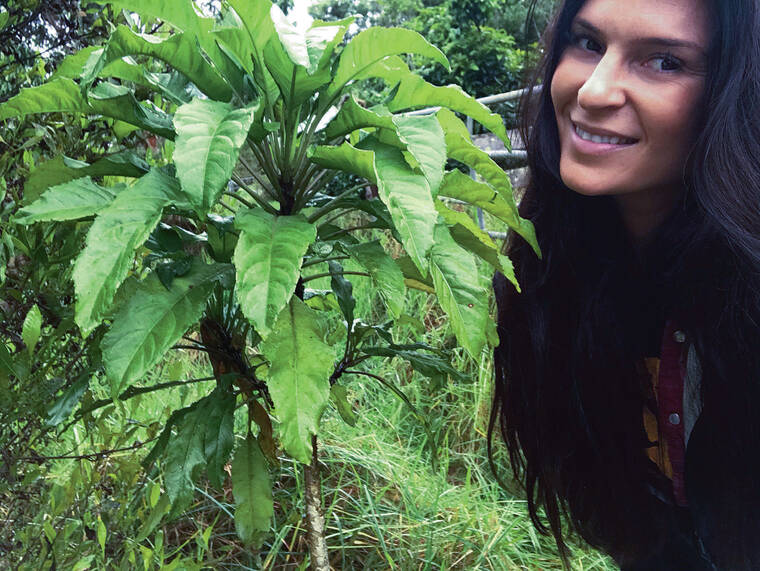Mahalo for supporting Honolulu Star-Advertiser. Enjoy this free story!
Maui Mayor Michael Victorino has signed a bill into law that will require many businesses and residents to change their outdoor lighting fixtures to reduce the kind of blue light, or shortwave light, known to result in injury and death to seabirds and sea turtles.
“It’s a great day for seabirds and turtles,” said Maxx Phillips, Hawaii director and staff attorney with the Center for Biological Diversity.
Under the ordinance, outdoor lighting fixtures, except neon, must be directed downward and fully shielded so that no light shines over the ocean. The bill also attempts to eliminate reflective surfaces that bounce light skyward.
Debate at the Maui County Council led to amendments to exempt most residential uses, evening sporting events and emergency services. To meet concerns about compliance, the law will not take effect for those with existing light fixtures until July 2026.
In signing the bill, Victorino said the protection of the natural environment is important to him.
“I still have some concerns about the law,” the mayor said in a statement, “but since enforcement won’t begin until 2026, there is sufficient time to make needed changes. I plan to continue working with the Council and the community on amendments to minimize any
unintended consequences.”
Each year, artificial light leads to injury or death of thousands of migrating creatures. Seabirds become disoriented by artificial lights during their initial flights from their burrows out to sea. This disorientation, referred to as “fallout,” leaves the birds at risk of being killed by cats, mongooses and other predators. It also leaves them vulnerable to starvation and being run over by vehicles.
Endangered sea turtles are also disoriented by artificial lights. Lights visible from the beach have been shown to alter the behavior of mothers during nesting and of hatchlings when they first emerge from the sand. Hatchlings typically emerge from their nest at night and find the ocean by crawling toward the brighter, open horizon. But artificial lights confuse the hatchlings, causing them to wander
inland, making them vulnerable to dehydration, heat exhaustion and sometimes motor vehicle traffic.
Maui becomes the second Hawaii county to enact such a blue light ordinance. Hawaii County, which has some of the world’s best telescopes atop Mauna Kea, has had a similar “dark skies” law for more than a decade in an effort to cut down on the light pollution that would interfere with astronomy.
Jay Penniman, project manager of the Maui Nui Seabird Recovery Project, has been lobbying for such a bill on Maui for 16 years.
“I’m happy,” he said, “but the excitement is tempered by the fact that there’s a lot of work to do to educate people about the available lighting.”
To comply with the law, lighting fixtures, except for neon, “must limit short wavelength content to no more than 2 percent of blue light content.”
Councilwoman Kelly King, who introduced the measure, said people can start complying with the ordinance sooner rather than later. There are various business outlets that sell lights that will work under the law, including Beachside Lighting Honolulu, Amazon and Home Depot, she said.
King said existing shielded streetlights on Maui Veterans Highway and Kenolio Road are already compliant with the law.
Phillips, of the Center for Biological Diversity, called the ordinance a crucial
step forward for seabird conservation.
“It provides a clear path for businesses and residents to install the lighting,” she said. “I’m excited about the bill and proud of Maui County for doing it.”
